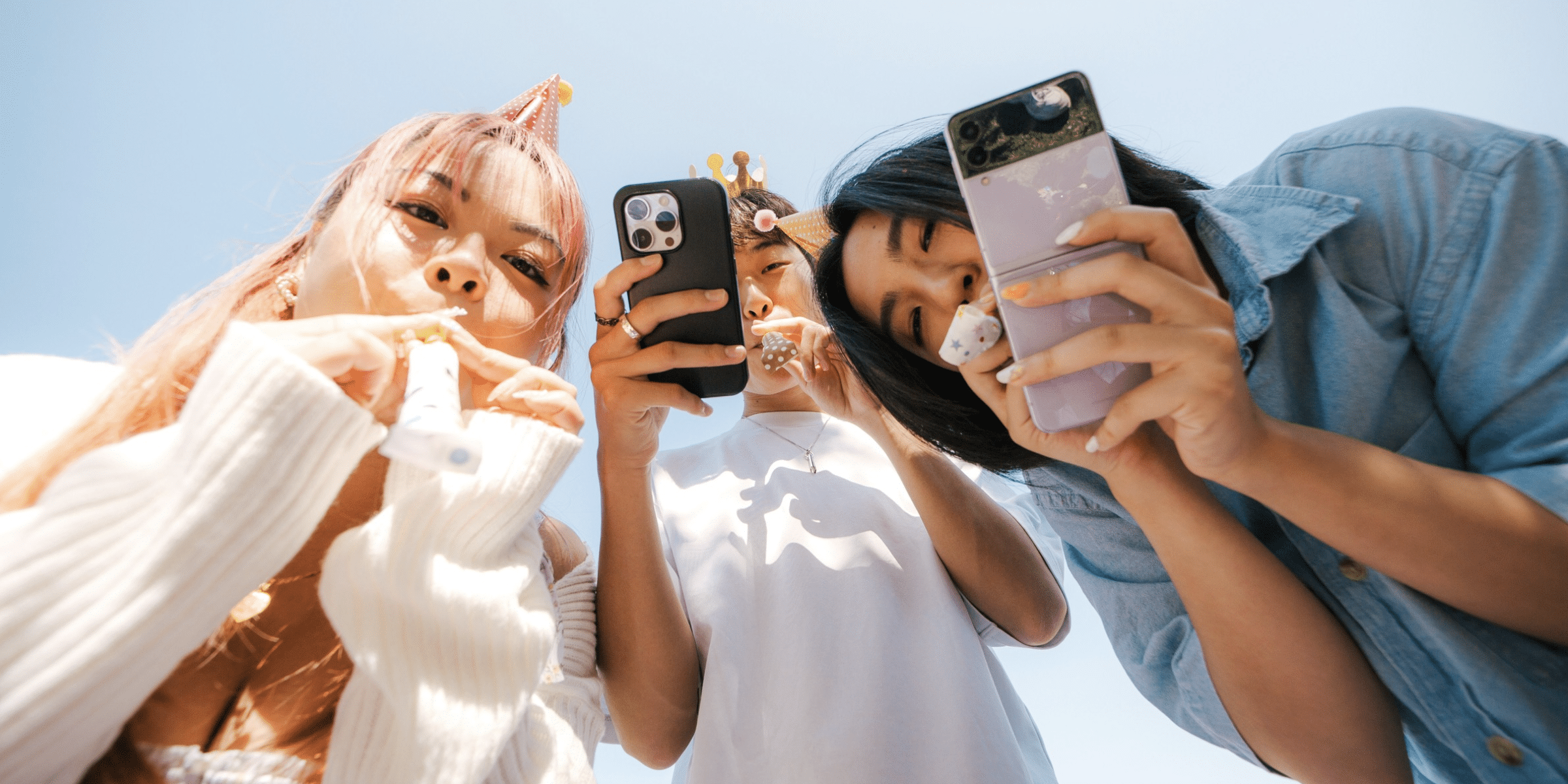Impulse buying is a common behavior where individuals make purchases without planning or deliberation, often based on emotional reactions or external cues rather than practical need. This type of buying can occur in both physical stores and online environments, driven by various triggers that appeal to the consumer’s emotions, psychological instincts, or immediate desires. Understanding the underlying causes of impulse buying can help individuals recognize these triggers and develop strategies to reduce spontaneous purchases, fostering more mindful decision-making and better financial management.
Read also: Shopping in the South: Top Destinations and Local Gems
Emotional and Psychological Triggers
The desire to make an impulse purchase is often rooted in emotional responses. Emotions such as stress, boredom, or excitement can significantly impact purchasing decisions. Many people find themselves making spontaneous purchases as a way to cope with negative emotions, or to experience a temporary mood boost. Retailers and marketers frequently exploit these emotional triggers, creating environments that promote impulse buying. Bright lights, catchy music, and visually appealing displays are used to trigger positive feelings that can lead to an unplanned purchase.
Boredom is another common emotional trigger. Shopping, whether online or in-store, offers a form of distraction or entertainment, and this may lead individuals to buy products they do not need just to alleviate feelings of restlessness or to break up their routine. Similarly, emotional highs—such as celebratory moments or a sense of achievement—can also lead to unplanned purchases, as individuals may feel justified in treating themselves.
Psychologically, the need for instant gratification plays a significant role in impulse buying. The act of purchasing something, especially if the item provides immediate pleasure or utility, satisfies a desire for instant reward. Marketers frequently emphasize the quick satisfaction of a product, highlighting how it can fulfill a specific need right away, which can prompt individuals to make a purchase before fully considering whether they truly need the item.
Retail Techniques and Environmental Factors
Retailers have long understood the importance of setting up their stores and websites to trigger impulse buying. In physical retail environments, the placement of products is strategically done to encourage last-minute purchases. Items are often positioned near checkout counters or at the end of aisles, where they catch the shopper’s eye during the final stages of the shopping experience. These items are typically smaller, lower-cost, and highly visible, making it easier for consumers to buy them on a whim.
In addition to product placement, discounts and sales promotions often contribute to impulse buying. Offers such as “limited-time discounts” or “buy one, get one free” create a sense of urgency and scarcity, prompting individuals to make purchases out of the fear that they may miss out on a perceived opportunity. This sense of urgency can often lead to rushed decisions, with consumers prioritizing the deal over their actual needs or budget.
Online shopping platforms have adopted similar strategies. Algorithms that suggest related products or show what other customers have recently purchased are designed to encourage consumers to add more items to their carts. The ease of clicking through and purchasing online makes it easier for individuals to buy items without much thought, especially when promotions or countdown timers are used to emphasize limited availability. These tactics are intended to keep consumers engaged, nudging them toward additional, unplanned purchases.
Social and Psychological Influences
Social factors can also trigger impulse buying. Advertising and peer influence often shape consumer behavior, even in subtle ways. When consumers see products endorsed by celebrities, influencers, or their social circles, they may feel compelled to buy them as a way of connecting with a broader trend or to emulate what they perceive as desirable behavior. Social media platforms, where influencers frequently promote products, have become powerful vehicles for encouraging impulsive purchases. The constant exposure to advertisements and curated content can lead to the desire to buy products without fully considering the necessity or appropriateness of the purchase.
The concept of “social proof” plays a role here—if people observe others purchasing a particular product or engaging in a particular behavior, they may be more likely to follow suit. In stores, this may be visible in the form of “best-seller” tags or customer reviews, and online platforms often use similar strategies by showcasing popular items or trending products. These cues suggest that if everyone else is buying it, it must be worth having, leading to impulse purchases driven by the desire to conform.
Strategies to Prevent Impulse Buying
Given that impulse buying is often influenced by emotional, psychological, and environmental triggers, there are several strategies individuals can adopt to manage and reduce this behavior. By being more mindful of purchasing habits, people can prevent unnecessary spending and make more thoughtful decisions when it comes to their finances.
1. Creating a Clear Shopping List
One of the simplest ways to avoid impulse buying is by setting a clear shopping list before heading out to the store or browsing online. A well-defined list helps focus attention on what is truly needed, making it easier to ignore distractions that may arise in the store. If shopping online, creating a digital list or cart can also prevent browsing for additional items, helping to stay within the planned purchases. Sticking to the list can reduce the chances of getting sidetracked by tempting offers or attractive product displays.
2. Setting a Budget
Establishing a budget for each shopping trip is an effective way to manage spending and curb impulsive behavior. When a budget is set, individuals have a clear understanding of how much they are willing to spend, helping them resist the temptation to make unplanned purchases. This can be especially useful when shopping for larger items or when entering an environment with heavy promotional activity. By considering the total impact on finances before making a purchase, it is easier to make more conscious, intentional decisions.
3. Implementing Delayed Gratification
A useful technique to prevent impulse buying is to practice delayed gratification. Before buying an item, it can be helpful to take a brief pause—typically 24 hours or longer—to reflect on the purchase. During this waiting period, the initial desire for the item often diminishes, and it becomes easier to evaluate whether the item is truly necessary. This strategy helps to prevent making purchases based on momentary emotions, and instead encourages more thoughtful decision-making.
4. Unsubscribing from Promotional Content
One way to limit exposure to impulse-buying triggers is to reduce the number of promotional emails or notifications received. Many individuals find themselves tempted by email offers, flash sales, or exclusive discounts. By unsubscribing from unnecessary promotional lists or disabling push notifications, it becomes easier to avoid distractions that may encourage unplanned purchases. Reducing the frequency of exposure to these types of marketing messages can help consumers make more intentional purchasing decisions.
5. Practicing Mindfulness When Shopping
Mindful shopping involves being fully aware of one’s thoughts, emotions, and motivations while shopping. Being mindful helps individuals identify when they are acting on impulse and gives them the opportunity to pause before making a purchase. It can be helpful to check in with oneself and ask whether the purchase aligns with current needs, goals, and financial priorities. A mindfulness approach can be particularly effective in avoiding emotional spending and ensuring that purchases are intentional.
6. Limiting Access to Shopping Environments
Limiting exposure to shopping environments—whether online or in physical stores—can significantly reduce the chances of impulse buying. By avoiding stores with heavy promotions or online platforms that encourage frequent browsing, individuals can prevent the temptation to make spontaneous purchases. This strategy works particularly well for individuals who know they are more susceptible to impulsive buying in certain environments.
Read also: Is a Digital Wallet Right for You? Key Factors to Know
Impulse buying is influenced by a combination of emotional triggers, psychological cues, and retail strategies. By becoming more aware of these triggers and employing strategies to mitigate their influence, individuals can reduce their tendency to make unplanned purchases. Establishing clear budgets, practicing delayed gratification, and engaging in mindful shopping are just a few ways to take control of spending habits and avoid the financial consequences of impulse buying. By adopting these strategies, individuals can develop healthier, more intentional shopping behaviors.







